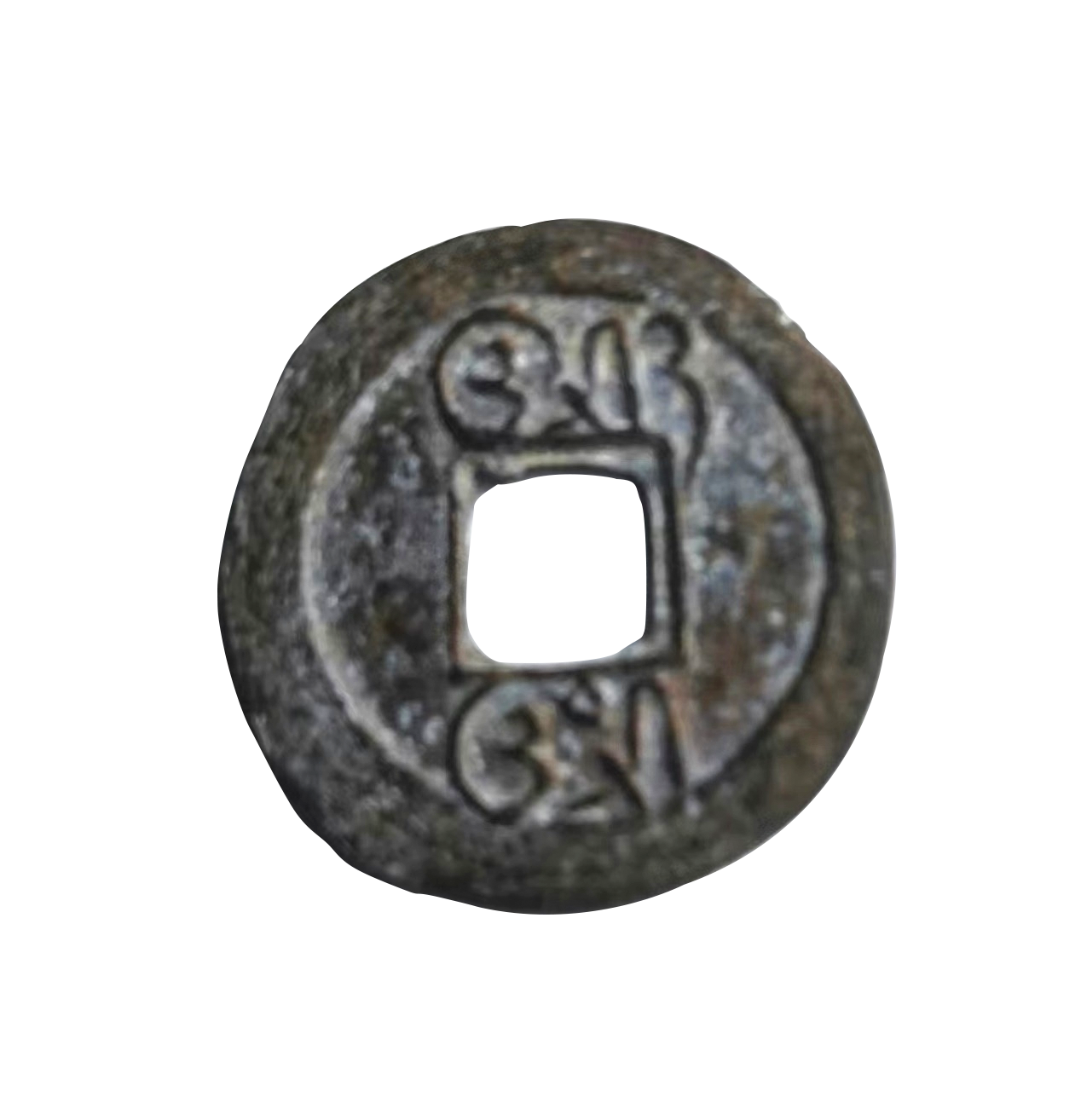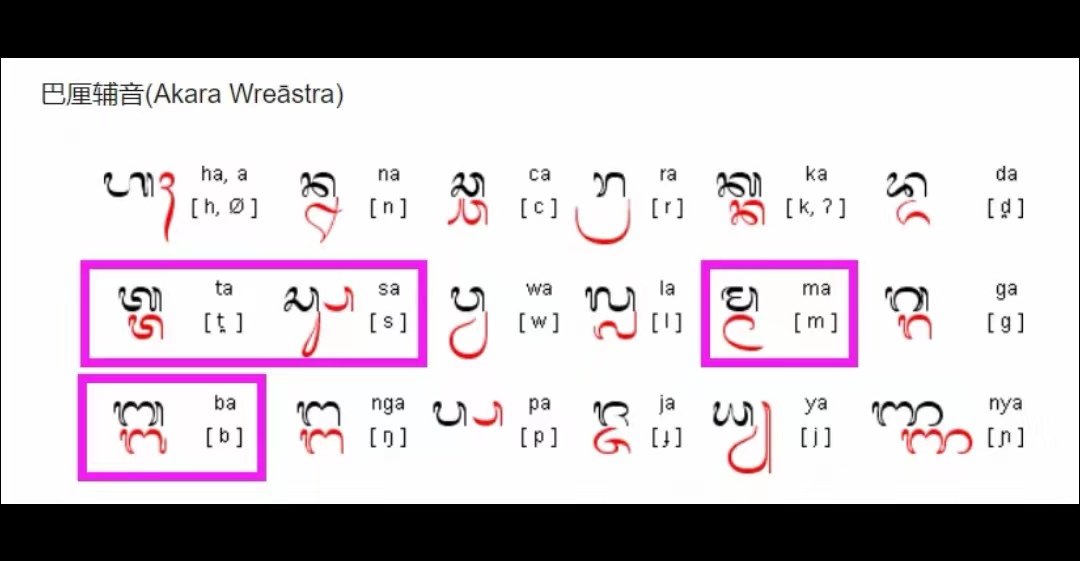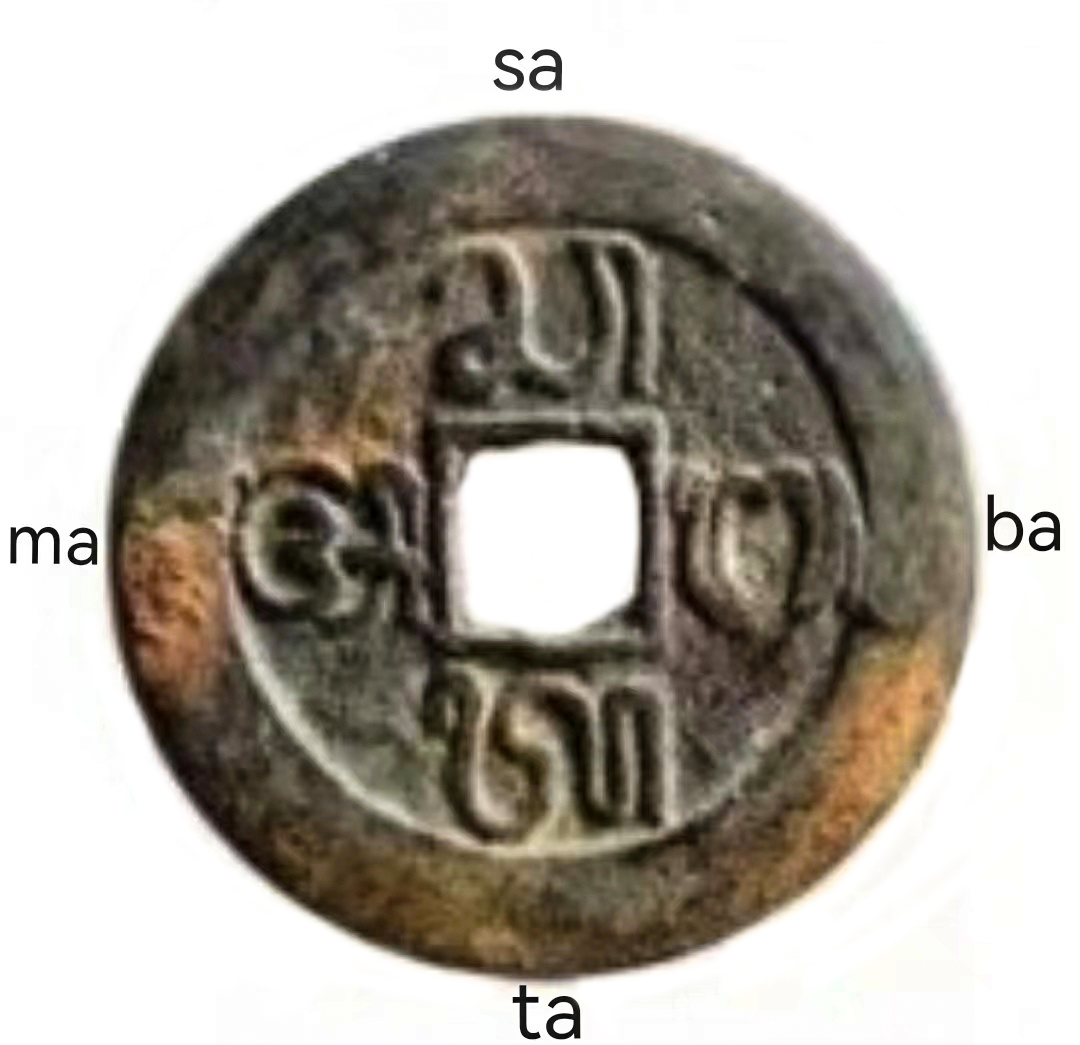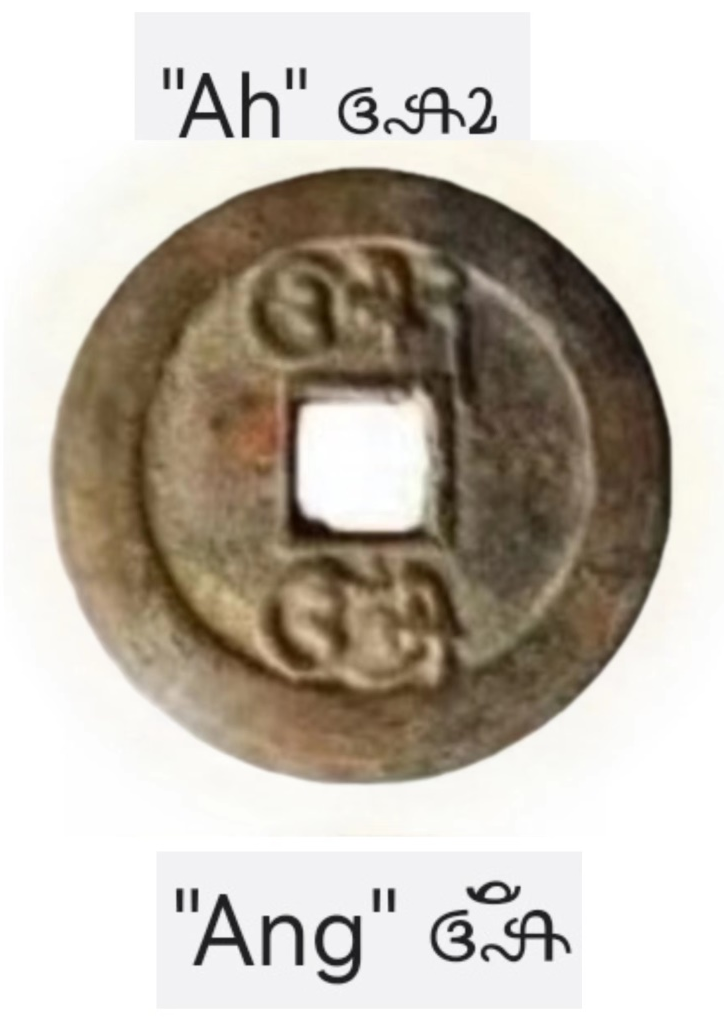Bali Island, Indonesia, is bordered on the west by the Bali Strait and Java Island, east by the Lombok Sela, north by the Java Sea, and south by the Indian Ocean. It is famous for its charming natural scenery and is known as the “Island of Paradise,” the “Island of Poetry,” and the “Island of Immortals”. Bali was ruled by the Javanese for a long time before the 16th century. The subsequent influx of foreigners created a golden age for Bali. From 1908, the Dutch ruled Bali for 34 years. After being occupied by Japan during World War II, Bali was liberated with Indonesia's independence in 1949.
Hinduism reached the Indonesian archipelago as early as the 1st century AD. In the 4th century, the kingdoms of Kutai in East Kalimantan, Tarumanagara in West Java, and Holing (Kalinga region) in Central Java established early Hindu states in different parts of Indonesia. The most practiced religion in Bali is Hinduism, whose followers account for about 90% of Bali's total population of 4 million, making it the only place in Indonesia where Hinduism is currently practiced. After hundreds of years of integration and adaptation, Balinese Hinduism has a certain difference from the original Hinduism or Buddhism, and has unique religious practices, locally known as “Sikhism” or “Balinese Hinduism”. Followers of Balinese Hinduism mainly worship the three main celestial deities, namely, Brahma, Vishnu, and Lord Shiva. Also similar to Buddhism, Shakyamuni, the Helius, the God of Water, the God of Fire, the God of Wind, and Door Supernatural Being are worshipped. In Bali, the gods in religion dominate the daily lives of the locals, and all human activities are believed to be aimed at the will of the gods. Religious people have family temples in their homes, communities consisting of families have community temples, and villages have village temples, with more than 12,500 temples throughout the island.
Balinese culture has also been heavily influenced by China, as the Chinese entered the island in the 6th century AD, and Chinese copper coins, which were used as a medium of exchange for goods, were introduced. In addition to being involved in local circulation as currency, the ancient Chinese copper coin is also an important tribute for Balinese Hindu rituals and is highly respected by the local people as a sacred object. After the Dutch colonizers occupied Bali at the beginning of the 20th century, Chinese copper coins were no longer circulated as trading currency. As a result, the inflow of coins from China to Bali decreased. However, the tradition of using copper coins for sacrifice rituals is deeply rooted in the people. In Bali, where as many as 198 religious festivals are held throughout the year, large quantities of copper coins are needed for rituals, and the only way to meet the demand is to cast coins locally. The Chinese-style Balinese coin for sacrifice rituals was thus created. (Figure 1)
Hinduism reached the Indonesian archipelago as early as the 1st century AD. In the 4th century, the kingdoms of Kutai in East Kalimantan, Tarumanagara in West Java, and Holing (Kalinga region) in Central Java established early Hindu states in different parts of Indonesia. The most practiced religion in Bali is Hinduism, whose followers account for about 90% of Bali's total population of 4 million, making it the only place in Indonesia where Hinduism is currently practiced. After hundreds of years of integration and adaptation, Balinese Hinduism has a certain difference from the original Hinduism or Buddhism, and has unique religious practices, locally known as “Sikhism” or “Balinese Hinduism”. Followers of Balinese Hinduism mainly worship the three main celestial deities, namely, Brahma, Vishnu, and Lord Shiva. Also similar to Buddhism, Shakyamuni, the Helius, the God of Water, the God of Fire, the God of Wind, and Door Supernatural Being are worshipped. In Bali, the gods in religion dominate the daily lives of the locals, and all human activities are believed to be aimed at the will of the gods. Religious people have family temples in their homes, communities consisting of families have community temples, and villages have village temples, with more than 12,500 temples throughout the island.
Balinese culture has also been heavily influenced by China, as the Chinese entered the island in the 6th century AD, and Chinese copper coins, which were used as a medium of exchange for goods, were introduced. In addition to being involved in local circulation as currency, the ancient Chinese copper coin is also an important tribute for Balinese Hindu rituals and is highly respected by the local people as a sacred object. After the Dutch colonizers occupied Bali at the beginning of the 20th century, Chinese copper coins were no longer circulated as trading currency. As a result, the inflow of coins from China to Bali decreased. However, the tradition of using copper coins for sacrifice rituals is deeply rooted in the people. In Bali, where as many as 198 religious festivals are held throughout the year, large quantities of copper coins are needed for rituals, and the only way to meet the demand is to cast coins locally. The Chinese-style Balinese coin for sacrifice rituals was thus created. (Figure 1)


Figure 1 A Chinese-style Balinese coin for sacrifice rituals (inscribed with “four heavenly deities”
on the obverse and “heaven and earth” on the reverse.)
Figure 1 shows a Chinese-style Balinese coin for sacrifice rituals in my collection. On the obverse are four Balinese characters in four directions. The one on the top pronounces “sa”, bottom “ta”, left “ba”, and right “ma”. The corresponding Balinese characters are shown in Figure 2 and Figure 3. Some hold that the four Balinese characters represent the four heavenly deities. Another view is that the four characters form a mantra or chant which can activate or increase the power of the gods and bless people to fulfill the wishes and peace of the worshipper. The reverse of the coin has a Balinese character that pronounces “ah” at the top and “ang” at the bottom as shown in Figure 4. The meaning of these two characters is unclear. Some researchers believe that “ang” is an abbreviation of “angkasa” (sky), which symbolizes the heaven where God lives. “Ah” is believed to be derived from the Balinese word “anglemah / lemah” (earth). If so, I speculate that the inscription on the reverse means “heaven and earth”. As for the inscription on the obverse, I am inclined to the explanation of “four heavenly deities”, as there are some Chinese and Japanese coins cast by the Buddhist temples with similar characters or designs.


Figure 2
Balinese characters with corresponding pronunciations Figure 3 The four Balinese characters
(four characters on the coin are marked) on the obverse of the coin and the corresponding pronunciations
Balinese characters with corresponding pronunciations Figure 3 The four Balinese characters
(four characters on the coin are marked) on the obverse of the coin and the corresponding pronunciations

Figure 4 Two Balinese characters on the reverse and the corresponding pronunciations
It is assumed that the Chinese-style Balinese coins for sacrifice rituals found in Indonesia were cast in the early 20th century after the Chinese copper coin could not circulate in Bali. Given the various text versions, there should be several casting sites in Bali or a long history of casting. The characters on these coins are arranged in four directions on the obverse and on top and bottom on the reverse, which is the same arrangement as the Chinese cash coins with square holes. The design shows the far-reaching influence of Chinese numismatic culture in Bali.
(Thanks to Wu Yue Yuan Zi for providing foreign language information resources)
